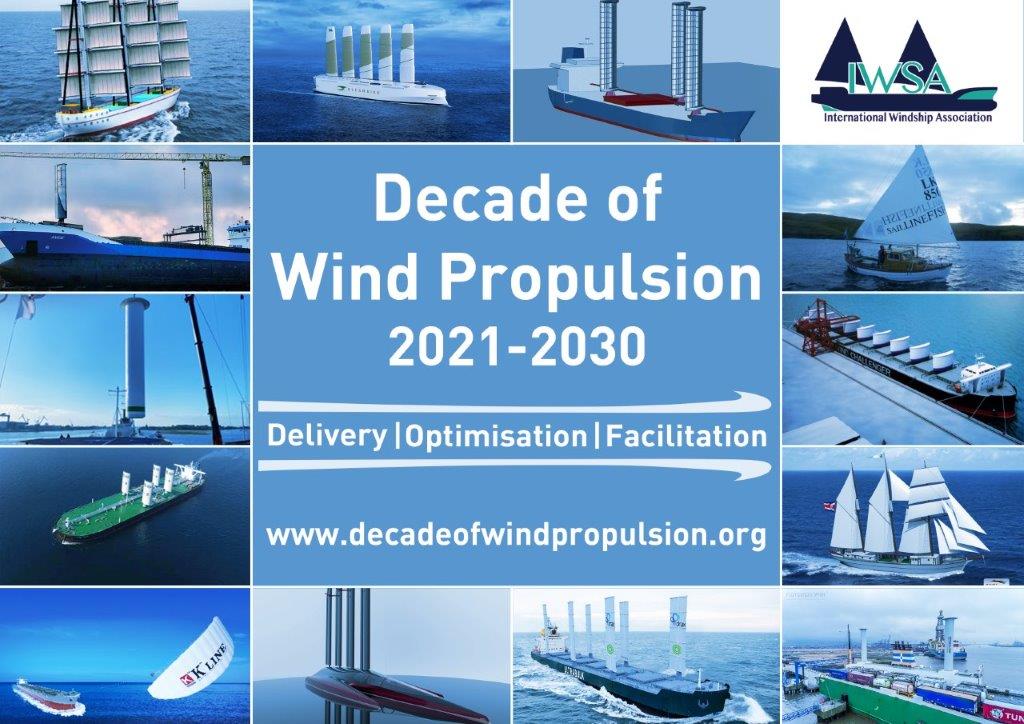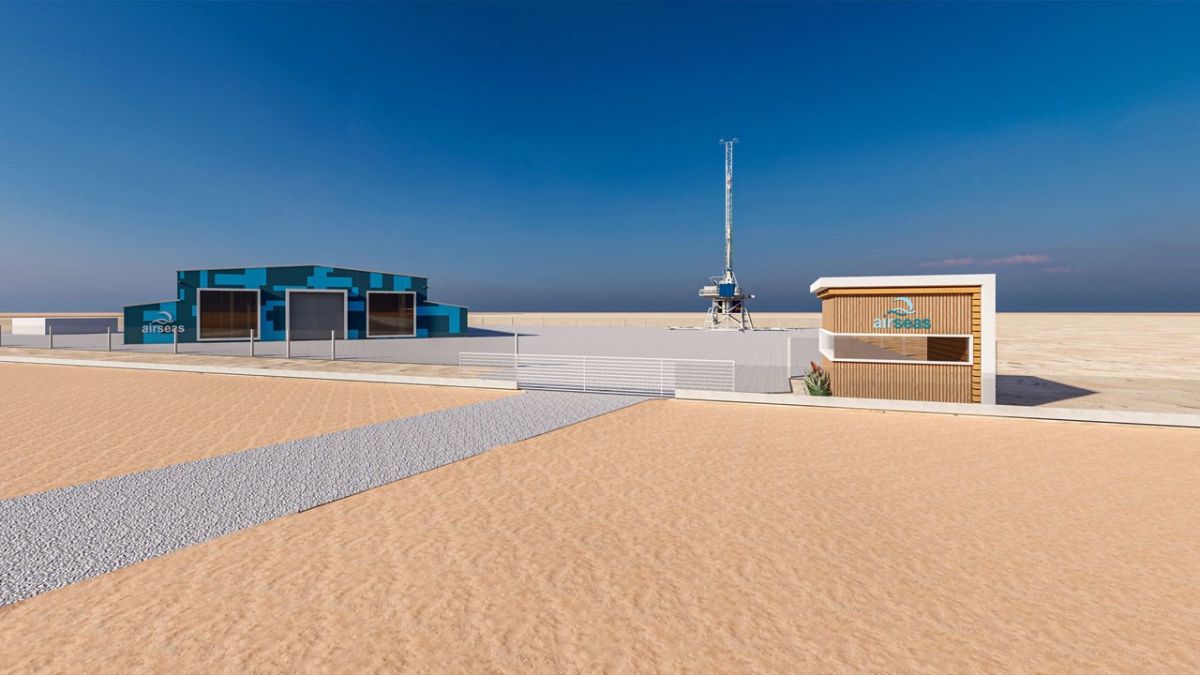Press Release: The campaign is designed to accelerate the adoption of hybrid alternative propulsion methods, blending wind, alternative fuels and energy efficiency measures, the aim is to achieve a rapid and measurable decarbonisation of the global shipping fleet in the 2020s.
Highlighting the unique advantage of wind propulsion technology to deliver immediate and scalable answers to this challenge, Gavin Allwright, IWSA Secretary General, says: “Wind propulsion systems help ship owners and operators reduce carbon emissions by up to 30% for retrofit solutions and significantly higher for optimised newbuild ships. It’s clear that wind must be fully integrated into the decarbonisation pathways for shipping – it is an abundant, widely available and free energy source waiting to be harnessed.”
Wind propulsion is shipping’s most impactful emissions reduction technology, with practical solutions ready to go or nearing market. Direct wind energy requires no new infrastructure investment, no storage tanks onboard and is delivered directly to the point of use.
“There are already 11 large ocean-going vessels with wind-assist systems installed, with over 20 rigs installed along with two more installations pending this quarter and a further 20+ smaller sail cargo and small cruise vessels using wind; that is more than all current new alternative fuelled vessels combined,” adds Allwright.
“The EU has forecast that up to 10,700 wind propulsion installations could be in place by 2030, and the UK Clean Maritime Plan forecasts that wind propulsion technologies will become a £2billion a year segment, with approximately 30,000 installations (equivalent to 40-45% market penetration) by the 2050’s.”
IWSA’s ‘Decade of Wind Propulsion’ campaign combines three key elements:
- Delivery: The strong pipeline of retrofit systems and newbuild projects suggests that numbers will double each year going forward – the IWSA expects that over 40 large wind propulsion equipped vessels will be operating by 2023.
- Optimisation: R&D to improve optimisation of existing systems continues apace alongside new concepts and solutions. IWSA is launching a ‘Wind Propulsion Accelerator Programme’, which has a dedicated test fleet, an incubator programme to support wind technology and a pipeline to assist bringing these systems to market. The optimisation strategy includes research in hybrid systems that fully integrate the energy management vessel from ship design to advanced weather routing and other aspects, which enable the full benefit of wind to be realised.
- Facilitation: The adoption of a hybrid W.A.V.E. – Wind propulsion with Activity – operational optimisation (speed, power limits, weather routing etc); Vessel optimisation (EMS integration, energy efficiency measures etc.) to significantly reduce the amount of Eco fuels required, thus enabling a quicker, deeper and ultimately cheaper roll out of these new fuels into the market. Less storage space, the increase of vessel range and even the potential to generate fuel onboard are further key facilitators.
Allwright announced that the IWSA will increase the information available to the industry through publications and events, saying: “On top of our Wind Propulsion Accelerator Programme, IWSA will release a comprehensive wind propulsion market report, a documentary release and a weekly interview series along with technical papers and the release of public deliverables from the Wind-Assisted Ship Propulsion (WiSP) joint industry project, as well as the similarly titled EU Interreg WASP project.”
“Pressure to swiftly decarbonise international shipping is growing from all sides. The roll out of new low carbon fuel systems will take considerable time and resources. Wind gives us the unique opportunity to deliver up to a third of the fleet’s propulsion energy requirements without the need for new infrastructure, right now.”
“IWSA’s declaration of the ‘Decade of Wind Propulsion’ is a clear commitment from our members to deliver credible, robust and commercially attractive wind solutions to the market. This initiative represents a redoubling of our efforts to accelerate the number of commercial shipping installations and a determined drive to create a level playing field in all policy decarbonisation pathways and regulatory frameworks internationally.”
www.decadeofwindpropulsion.org

































